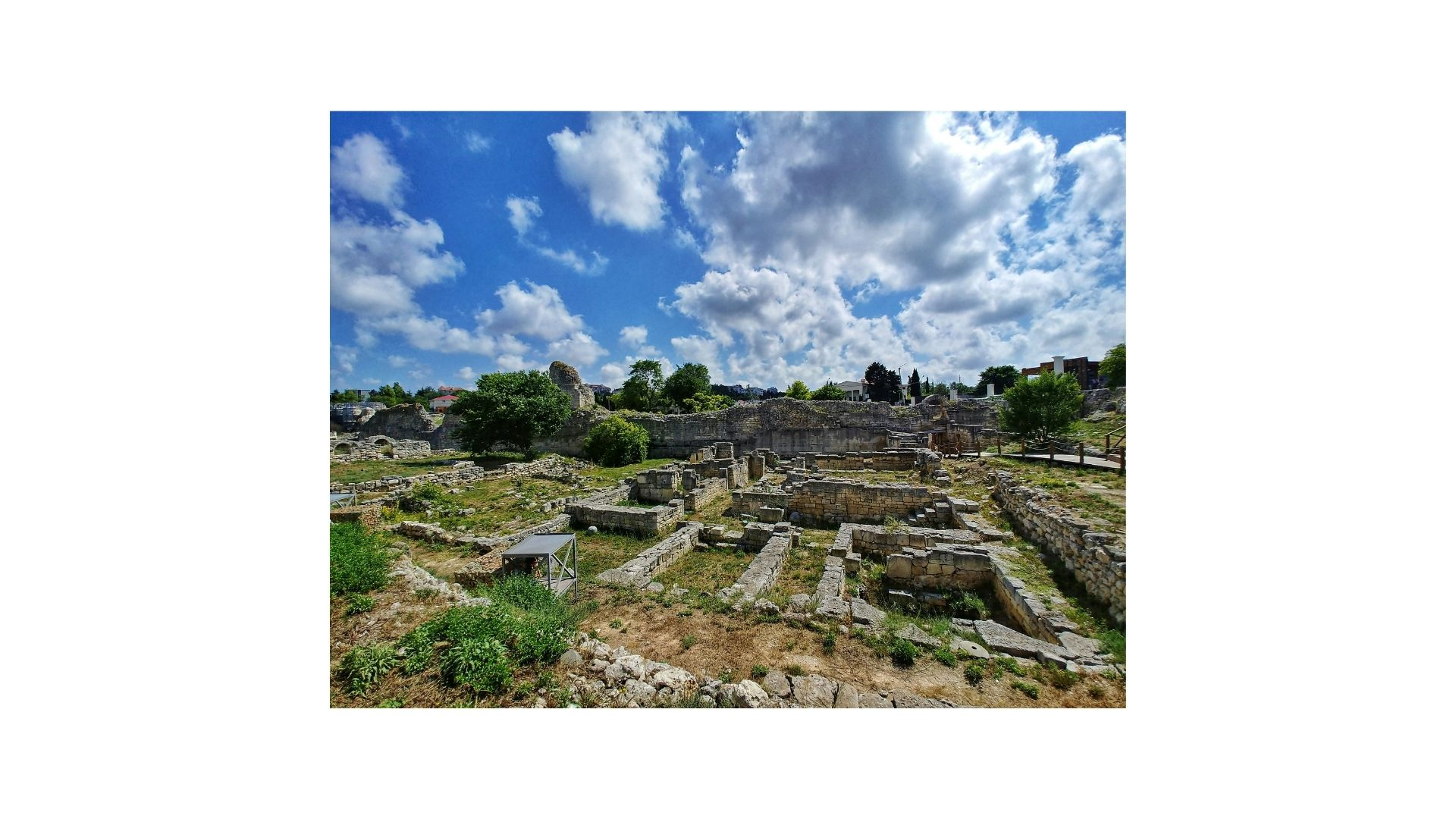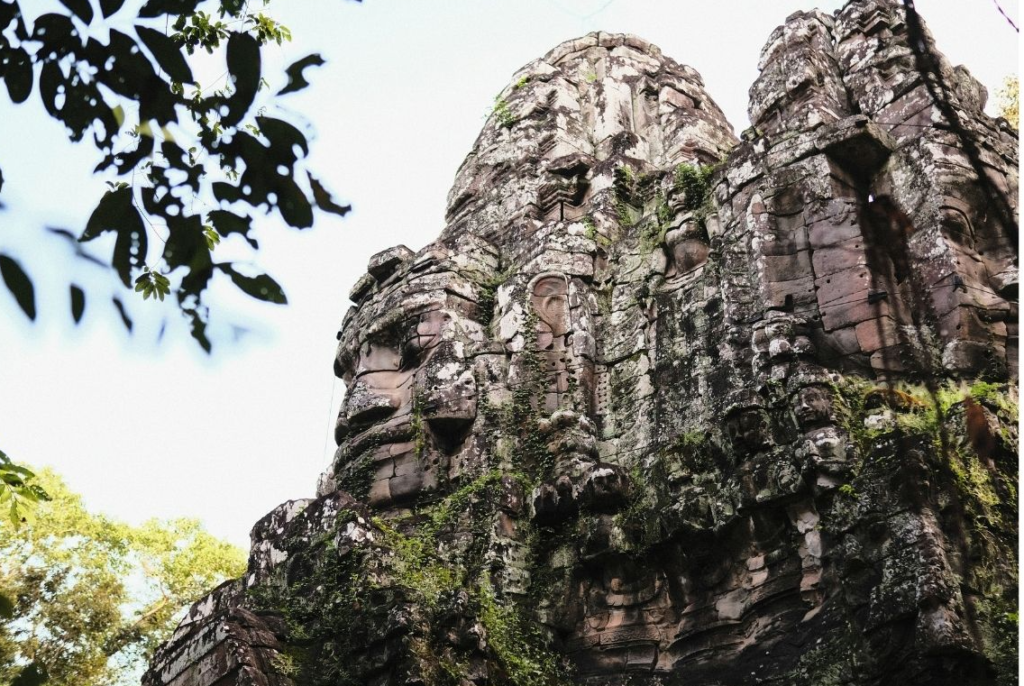Ancient civilizations have always fascinated us with their remarkable achievements, mysterious practices, and profound impact on the world. From the towering pyramids of Egypt to the intricate aqueducts of Rome, these early societies laid the groundwork for many aspects of modern life. In this blog, we’ll explore some unbelievable facts about ancient civilizations that will leave you in awe.
Internal link: https://visa.javanet247.com/
The Ingenious Engineering of the Egyptians
When we think of ancient civilizations, Egypt often comes to mind first. The Egyptians were masters of engineering and architecture. The Great Pyramid of Giza, one of the Seven Wonders of the Ancient World, is a testament to their ingenuity. Built around 2580–2560 BC, it remained the tallest man-made structure in the world for over 3,800 years1.
But the Egyptians’ engineering prowess didn’t stop at pyramids. They also developed an intricate system of canals and irrigation to manage the Nile’s flooding, ensuring their agricultural success. This system was so effective that it supported the civilization for thousands of years.

The Advanced Urban Planning of the Indus Valley Civilization
The Indus Valley Civilization, which flourished around 2500–1900 BC in what is now Pakistan and northwest India, was remarkable for its advanced urban planning. Cities like Mohenjo-Daro and Harappa were laid out in a grid pattern, with sophisticated drainage systems and well-planned streets2.
One of the most astonishing aspects of the Indus Valley Civilization was their use of standardized weights and measures. This uniformity facilitated trade and commerce, contributing to the civilization’s prosperity.
The Mysterious Nazca Lines of Peru
In the arid plains of southern Peru, the Nazca civilization created one of the most enigmatic legacies of the ancient world: the Nazca Lines. These massive geoglyphs, depicting animals, plants, and geometric shapes, were etched into the desert floor between 500 BC and 500 AD3.
The purpose of the Nazca Lines remains a mystery. Some theories suggest they were astronomical calendars, while others propose they were part of religious rituals. Regardless of their purpose, the Nazca Lines continue to captivate researchers and tourists alike.
The Intellectual Achievements of Ancient Greece

Ancient Greece is often hailed as the cradle of Western civilization. The Greeks made significant contributions to philosophy, science, and the arts. Figures like Socrates, Plato, and Aristotle laid the foundations of Western philosophy, while mathematicians like Euclid and Pythagoras made groundbreaking advancements in geometry4.
The Greeks also excelled in literature and drama. Works by Homer, such as the “Iliad” and the “Odyssey,” remain central to the Western literary canon. Additionally, Greek playwrights like Sophocles and Euripides produced timeless tragedies that continue to be performed today.
The Military Might of the Roman Empire
The Roman Empire, which spanned from 27 BC to 476 AD, was one of the most powerful and influential civilizations in history. The Romans were renowned for their military prowess and engineering skills. They built an extensive network of roads, aqueducts, and fortifications that facilitated the movement of troops and goods across the empire5.
One of the most impressive Roman engineering feats was the construction of the Colosseum. This massive amphitheater could hold up to 80,000 spectators and hosted gladiatorial contests, public spectacles, and other events. The Colosseum remains a symbol of Roman architectural and engineering excellence.
The Cultural Richness of Ancient China
Ancient China, with its long and storied history, made numerous contributions to human civilization. The Chinese invented paper, gunpowder, and the compass, all of which had a profound impact on the world. The Great Wall of China, built to protect against invasions, is another testament to their engineering capabilities.
Chinese philosophy and literature also flourished during ancient times. Confucius, one of China’s most influential philosophers, emphasized the importance of ethics, family, and social harmony. His teachings continue to shape Chinese culture and society today.
The Architectural Marvels of the Maya
The Maya civilization, which thrived in Mesoamerica from around 2000 BC to the 16th century AD, is known for its impressive architectural achievements. The Maya built towering pyramids, palaces, and observatories, many of which still stand today.
One of the most famous Maya sites is Chichen Itza, home to the iconic El Castillo pyramid. This pyramid, also known as the Temple of Kukulcan, is a testament to the Maya’s advanced understanding of astronomy and mathematics. During the equinoxes, the play of light and shadow on the pyramid’s steps creates the illusion of a serpent descending the structure.
The Artistic Brilliance of the Aztecs
The Aztec civilization, which dominated central Mexico from the 14th to the 16th century, was known for its artistic and architectural achievements. The Aztecs built grand temples, palaces, and public spaces adorned with intricate carvings and sculptures.
One of the most remarkable Aztec artifacts is the Sun Stone, a massive calendar stone that weighs over 24 tons. This intricately carved stone reflects the Aztecs’ deep understanding of astronomy and their complex religious beliefs.
The Maritime Prowess of the Polynesians
The Polynesians, who inhabited the islands of the Pacific Ocean, were exceptional navigators and seafarers. They used sophisticated techniques, such as celestial navigation and knowledge of ocean currents, to travel vast distances across the open ocean.
One of the most impressive feats of Polynesian navigation was the settlement of Hawaii, which involved a journey of over 2,000 miles from the Marquesas Islands. The Polynesians’ maritime skills allowed them to establish thriving communities on remote islands throughout the Pacific.
External link: https://justicenow.pamshion.net/raising-dinosaurs-with-fog.html
Conclusion
Ancient civilizations were incredibly diverse and innovative, leaving behind legacies that continue to inspire and amaze us. From the engineering marvels of Egypt to the intellectual achievements of Greece, these early societies laid the foundations for many aspects of modern life. By exploring the unbelievable facts about ancient civilizations, we gain a deeper appreciation for the ingenuity and resilience of our ancestors.

